Ranking the classic “Mega Man” games
On Dec. 17, the “Mega Man” franchise will celebrate its 35th anniversary. Throughout the course of its history, Capcom’s “Blue Bomber” has had numerous side series and spin-offs. From the “Mega Man X,” “Zero,” “ZX” and “Legends” series in the main timeline, as well as alternate timeline games such as the “Battle Network” and “Starforce” titles, “Mega Man” has had dozens upon dozens of games. However, despite all the other series within the franchise, the original Classic series still reigns supreme with a staggering 12 mainline console titles. In celebration of Mega Man’s 35th birthday, I ranked the games against each other, and see which one’s the best.
12. Mega Man (NES – 1987)
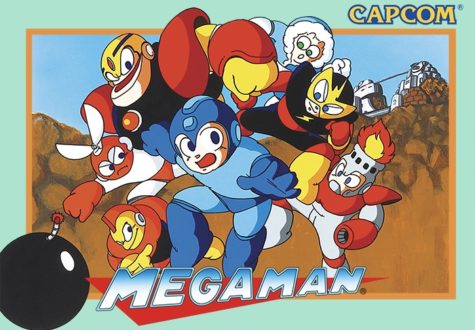
It should be no surprise that the one that started it all also happens to be the weakest in the series. While the original “Mega Man” is quite good for its time, it’s been expanded upon and built off of by every one of its sequels. The game suffers from a lot of the janky elements attributed to games for the Nintendo Entertainment System in the 80s, such as being able to miss items that are required for progression along its slippery controls. Like many retro games, the game is tough as nails in order to extend playtime, whereas other games are able to balance their difficulty with fun. The original “Mega Man” is too hard a game, even in a series known for its challenge.
11. Mega Man & Bass (SNES – 1998 / GBA – 2003)
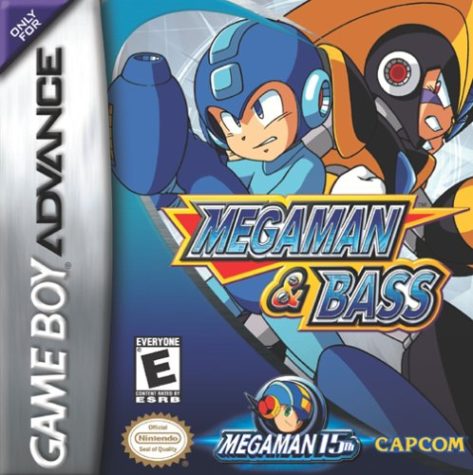
“Mega Man & Bass” is a bizarre game in numerous ways. Developed under the title “Mega Man 8.5,” it was released as a Japanese exclusive game in 1998. The game was made for the Super Famicom, the Japanese version of the Super Nintendo Entertainment System. By 1998, the 16-bit Super Famicom was obsolete, having been succeeded by the next generation of consoles. In fact, “Mega Man 8,” which “Mega Man & Bass” reuses assets from, had already been released for the 32-bit PlayStation and Sega Saturn at that point. However, in celebration of “Mega Man’s” 15th anniversary in 2003, fans were graced with a localized port for the portable Game Boy Advance, which suffered from extreme screen crunch that made the game nearly unplayable. Even on the original Super Famicom release with the larger resolution, “Mega Man & Bass” is the toughest game in the series. The game gives you a choice between playing as either Mega Man, who struggles with stages but can knock out bosses, or Bass, who easily dashes through stages but is pitiful against bosses. The game is incredibly unbalanced, suffers from weak level design and isn’t a game I could recommend to anyone other than the most hardcore “Mega Man” fans.
10. Mega Man 8 (PlayStation/Sega Saturn – 1996)
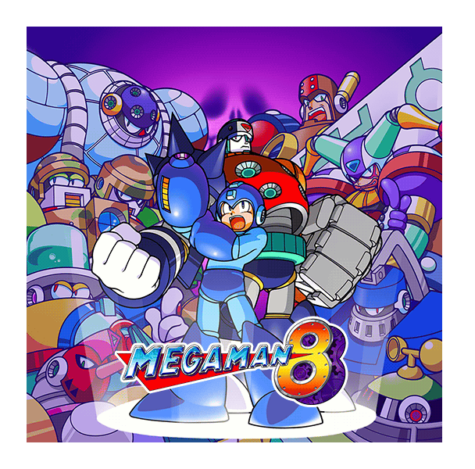
“Mega Man 8” was the series leap into 32-bit hardware, and a grand celebration for the series’ 10th anniversary at the time. Featuring wonderfully fluid and detailed sprites, as well as visually stunning anime cutscenes, “Mega Man 8” is a treat to the eyes, and its presentation is some of the best in the series. Well, except for the comically bad English voice acting. Unfortunately, “Mega Man 8” is by far the most gimmicky title in the Classic series, and not in a good way. The game takes too many liberties to provide a varied experience that it fails to flesh out or properly utilize the strengths of the core “Mega Man” gameplay, instead offering bizarre gimmicks such as rapid paced auto-scrolling stages and poor boss design. While still a good time, “Mega Man 8” fails to realize the strengths of the Classic “Mega Man” formula.
9. Mega Man 5 (NES – 1992)
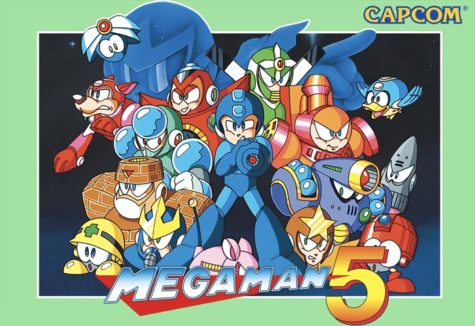
Of the six “Mega Man” titles to grace the NES, the fifth finds itself easily the most forgettable for me, despite what it brings to the table. “Mega Man 5” introduces Beat the bird into the series, Mega Man’s second animal companion, and helps attack enemies when obtained. “Mega Man 5” has an interesting premise, putting Proto Man in the limelight as the main villain, only to be revealed that it was only a creation of Dr. Wily impersonating the red robot. “Mega Man 5” is among some of the best looking games on the 8-bit console, alongside its sequel, “Mega Man 6.” What holds this title back, however, is the lack of challenge and awful special weapons. “Mega Man 5” is the easiest of the NES titles, and perhaps the easiest in the classic series. While the eight robot master bosses in this game aren’t awful design-wise, the weapons obtained upon their defeat are incredibly cumbersome to use, or aren’t fun at all, making for an easy, simple but bland title in the gameplay department.
8. Mega Man 3 (NES – 1990)
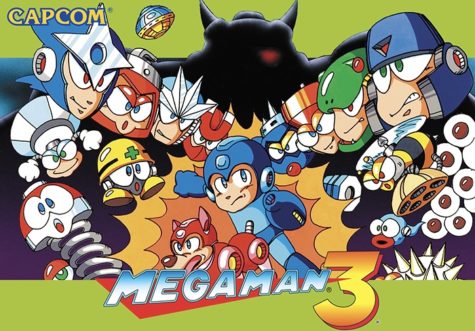
“Mega Man 3” is among some of the most iconic titles in the series, alongside its predecessor “Mega Man 2.” Introducing a number of series staples, “Mega Man 3” debuts Rush, Mega Man’s canine companion who can give him a spring to jump to higher platforms or transform into a flying hoverboard. Proto Man also debuts in this game, and is revealed in the end to be Mega Man’s brother, as well as the prototype of the Robot Masters. The slide is a new move introduced in this game, too, which would become a series staple moving forward. “Mega Man 3” starts out quite strong, but after defeating all eight Robot Masters, the game screeches to a halt in its pacing and fun. The game forces you to contend with four reruns of previous stages, and you might fight eight “Doc Robots” that utilize the powers of the Robot Masters featured in “Mega Man 2.” The first half of the game is excellent, but the excessive fluff and weak finale leaves you wishing it was over halfway through.
7. Mega Man 2 (NES – 1988)
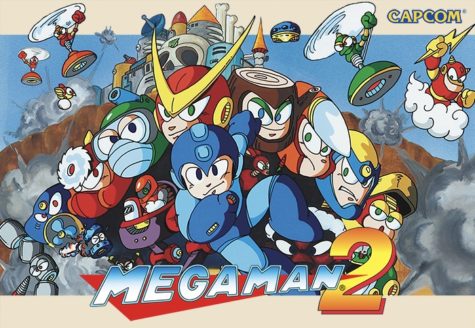
I can hear people shouting their complaints upon seeing “Mega Man 2” ranked this low on the list. “Mega Man 2” is by far the most iconic title in the series and was the game that saved the series after the original failed to meet sales expectations. It’s a perfect sequel, improving the original in just about every way, but by no means is it a perfect game. While great if you’re looking for some retro fun, it suffers from severe balancing issues thanks to the Metal Blade, a weapon obtained upon defeating Metal Man. The Metal Blades hardly consume any weapon energy and can be fired in all eight directions, easily making it the best weapon in the game, not to mention it’s the weakness of Bubble Man, Wood Man and even Metal Man himself during his rematch. “Mega Man 2” is flawed and unbalanced, and is quite easy thanks to the Metal Blades, but is fun nonetheless.
6. Mega Man 7 (SNES – 1995)
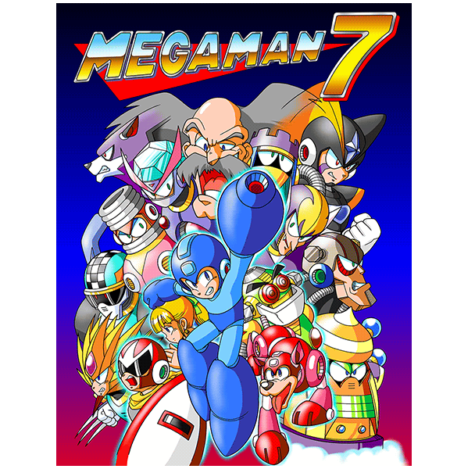
After six titles on the 8-bit NES, the “Classic Mega Man” series made its debut on 16-bit hardware, featuring the most detailed visuals and audio in the series up to this point. “Mega Man 7” introduces the shop system and its keeper, Auto, into the series, as well as Mega Man and Rush’s rivals, Bass and Treble. The game was also the first in the series to introduce fast weapon swapping with the shoulder buttons, no longer forcing you to pause the game every time you want to switch weapons – a definite help to the pacing of the games. My main gripe for “Mega Man 7” happens to be its controls. Due to the larger, more detailed sprites, Mega Man takes up much more screen space, and while the game is designed around this, he feels much slower to control and play as. It’s a feeling you can get used to, but that initial awkwardness lingers.
5. Mega Man 10 (Wii / PlayStation 3 / Xbox 360 – 2010)
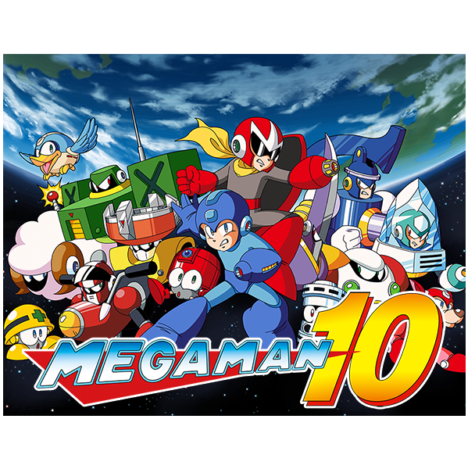
“Mega Man 10” is a game that should be an absolute treat, and yet falls just short of its potential. It is yet another 8-bit retro throwback, but its overall design is weaker than its predecessor. Whereas “Mega Man 9” had some of the most intelligently designed bosses and special weapons, “Mega Man 10” has rather lackluster bosses and special weapons that are too situational or difficult to use. However, “Mega Man 10” flourishes in its fan service and playable characters, providing the option to play as Mega Man, Proto Man and Bass, all with their unique traits. One of the last bosses in the game, the Weapons Archive, even uses attacks from bosses from every past game in the series. If that wasn’t enough, the game also contains special stages featuring the Mega Man Killers, bosses that were exclusive to the more niche Game Boy titles. The story also features the Roboenza Virus, which may or may not be a prototype of the Maverick Virus seen in the “Mega Man X” series. In many ways, “Mega Man 10” is a love letter that falls short of what it could’ve been.
4. Mega Man 4 (NES – 1991)
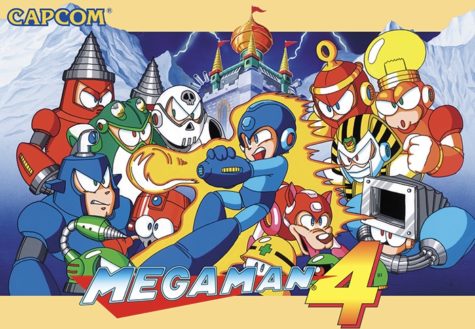
If it wasn’t for “Mega Man 2” being as iconic as it was, “Mega Man 4” would be the quintessential NES “Mega Man” title. “Mega Man 4” is among the best designed of the NES titles, having fair but challenging level design and fun weapons to play with. “Mega Man 4” introduces Eddie, a container robot that will occasionally appear in stages to grant Mega Man a random item. The iconic Charge Shot is introduced in this game as well, letting Mega Man power up his buster for bigger attacks. “Mega Man 4” is a balanced, well designed game and is an underappreciated title in the series.
3. Mega Man 6 (NES – 1993)
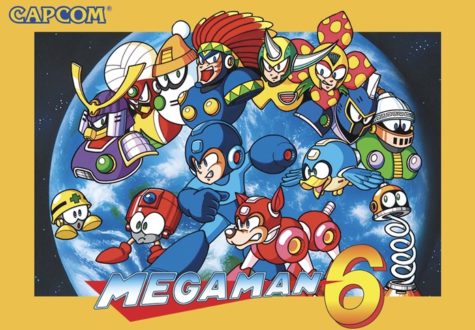
Putting “Mega Man 6” this high on the ranking is likely a controversial choice, but it’s a game that is often underappreciated. “Mega Man 6” is the final NES title in the series, and certainly feels like a swan song for the console, being one of its last major titles. Featuring unique stages based on countries across the world, “Mega Man 6” is a globetrotting adventure, providing the best looking 8-bit visuals in the series. The game does its best to be a culmination of all the series had up to that point, giving many alternate paths in its stages that can be accessed with the Rush Jet and Power Adapters, which let Mega Man fuse with his canine companion for the power of temporary flight or powerful punches. While it’s certainly one of the easier titles in the series, “Mega Man 6” is a game with unique theming and stage design that doesn’t get the praise it deserves.
2. Mega Man 9 (Wii / PlayStation 3 / Xbox 360 – 2008)
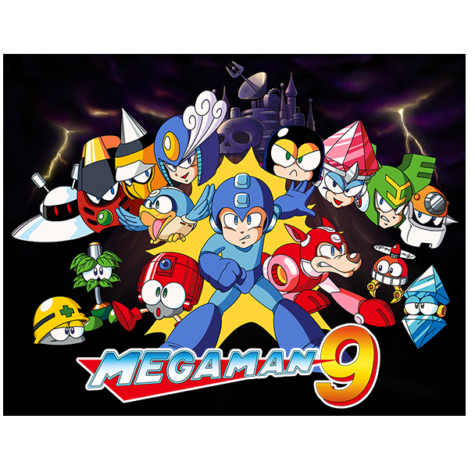
“Mega Man 9” marks a great revival for the “Classic Mega Man” series. After lying dormant after 1998’s “Mega Man & Bass,” “Mega Man 9” brings the series back to its 8-bit roots, and acts as a successor to “Mega Man 2” in its mechanics, lacking the Charge Shot and Slide unless you play as Proto Man, who takes much more damage in return. While this may seem like a regression, “Mega Man 9” is certainly designed without these abilities in mind, providing some of the most challenging yet fun stages in the whole series. The eight Robot Masters in this game are nothing to scoff at either, providing a decent challenge while granting some of the most useful and fun weapons in the series. While many list “Mega Man 9” as the best in the series, there is one game I believe surpasses it.
1. Mega Man 11 (Switch / PlayStation 4 / Xbox One / Steam – 2018)
“Mega Man 11,” the latest title in the series, takes the cake as the best game in the classic series. This game goes for a decidedly more modern 2.5D HD look. While criticized as playing it too safe for the 11h numbered entry in the series, “Mega Man 11” still manages to keep its gameplay fresh with the newly introduced Double Gear System. Letting Mega Man temporarily overclock his systems with a speed or power boost, it’s a mechanic that can aid players throughout its stages, which are certainly the longest in the whole Classic series. “Mega Man 11” features some of the most well designed stages in the entire series, as well as some of the best Robot Master boss fights and designs. Not to mention the superb special weapons, which, while useful on their own, can be made to be extra destructive when used with the Power Gear. “Mega Man 11” may play it too safe for some, but it still proves to fans that Capcom has mastered the Classic Mega Man formula.

Senior Alexander Cha is a reporter and this is his third year on staff. His favorite subject is English and his hobbies include writing stories and playing...



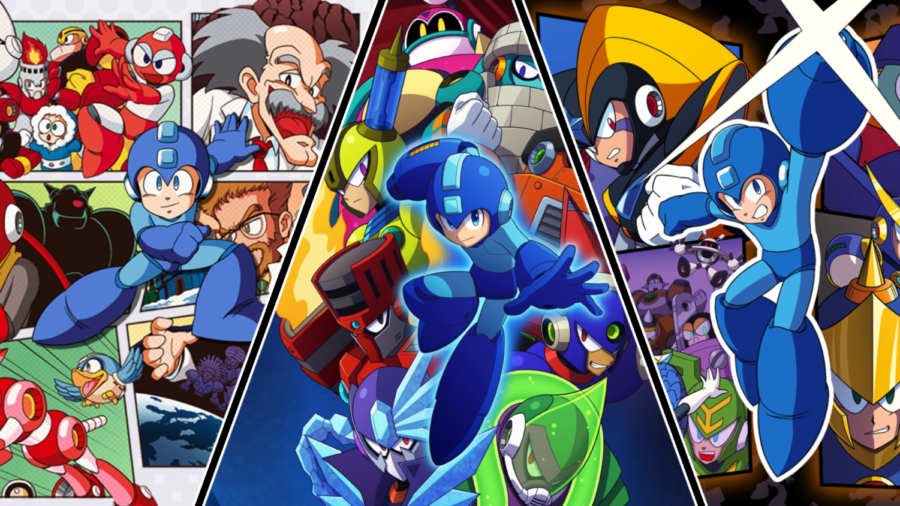
ttt • Jun 17, 2023 at 1:58 PM
mega man 11 I played once never again 9 is best then 4
Riley • Dec 17, 2022 at 7:03 PM
All of my finest memories lie with Mega Man 2. There’s just no comparison.
Any list without 2 at the top is just being completely contrarian.
Mashyr • Dec 17, 2022 at 4:36 PM
No…. Just… No. You’re assessment is all wrong.
John Claxton • Dec 20, 2022 at 7:28 PM
I am agreeing with you, Mashyr.
Mega Man 2 is really best and the author saying it flawed by Metal Blade is wrong. Taking the least energy because it takes 4 Metal Blades to consume 1 weapon energy of 24 so you have 96 Metal Blades.
To be honest, I can easily reassess the Top 12 here and review more detailed analysis.
Löwenherz • Dec 17, 2022 at 3:21 PM
Positioning the first Mega Man as the weakest of the series is both bold and ultimately correct. It’s little more than a wonky proof-of-concept rough draft that Mega Man 2 polished and nearly perfected.
So credit where it’s due.
But placing both MM 2 AND 3 below the likes of 4, 6, 7 and even 10(!) is nothing more than a shock jock hot take to seem hipster edgy.
While 3’s ambitions outpaced its execution, timeline, and hardware capabilities, leading to laggy slowdown and a truncated Wily Castle, the whole of its presentation from the iconic RM design, classically memorable stages and music, and introductions of Proto Man, Rush, the slide, and the surprise (and at first terrifying) appearance of the Doc Robots, tower above all other entries in the series except 2 and possibly 9.
And MM 2, even not being my personal favorite in the series, the lowest it should ever rank on a list like this is second, and only with a very good explanation. MM9s was an absolute triumph, but it’s entire success is in mimicking the joy of MM2 nearly 20 years later.
MM11 was … fine. No shade to it: fun bosses, great level design, introducing modern gameplay elements with more classic series staples. Solid. But. I where near the best of the series.
MM 4’s boss AI is painfully basic. It’s only real legacy is adding the now staple charge buster, which while an inextricable part of the series now, arguably altered the game balance to a net negative, and slowed things down with enemies that required a charge shot to be effectively felt with. That, and Shield Attackers.
MM6 wasn’t even published by Capcom and only saw the light of day because Nintendo paid to publish it after running a Robot Master design contest in Nintendo Power … and you think that’s better than 2 and 3?
MM10 was a weak follow-up to 9, and a repeat of Capcom running the series into the ground like they did with MM6.
MM7 was trying to breath new life into the series on the SNES by mixing things up,l a but, but none of the changes really amounted to much, except for Bass becoming a part of the Franchise, which is enough to edge it over 4.
In any event, here is my ranking:
Mega Man
Mega Man and Bass
Mega Man 8
Mega Man 6
Mega Man 10
Mega Man 4
Mega Man 7
Mega Man 5
Mega Man 11
Mega Man 9
Mega Man 2
Mega Man 3
Kuge • Dec 16, 2022 at 3:53 PM
Do you mean shilling for the new game? That I agree with. 11 is good, but not even one of the top 5 imo.
Mega man elite • Dec 16, 2022 at 12:20 PM
Lol oh tell me how the newer entries are the best. And 6 being ranked higher than the original, 2 or 3? Mega man X is still one of my personal favorites and 7 is decent.